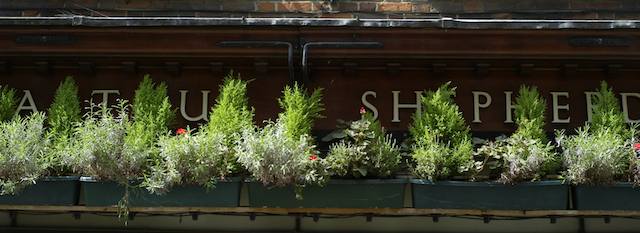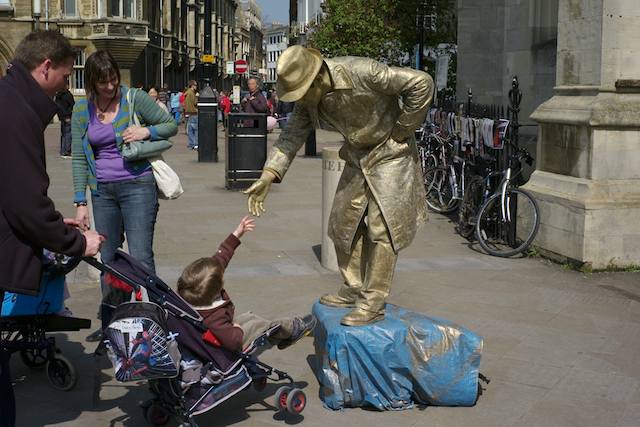Lovely FT.com piece about David Hockney.
He has drawn recent portraits with computer software, using a Wacom graphic tablet and tablet pen, producing inkjet prints that can be physically reworked by hand; these are the subject of next month’s London show Drawing Inside a Printing Machine. One depicting Celia’s granddaughters Lola, Tilly and Isabella – made while the girls watched a DVD on a baby-white chaise longue – has the snapshot spontaneity of a photograph but the fluid lines, a composition interrogating their relationship, and a nonchalant loveliness, characteristic of Hockney’s best portraits.
Tea is poured, and as Fitzherbert disappears briefly to walk Freddie, Hockney produces his newest tool, an iPhone. With a few deft strokes he draws the outline of a face with his finger, clicks a button to alter the thickness of the line, adds eyebrows, lips. Another button produces the peals of York Minster; then the thing becomes a mouth organ that Hockney pretends to play; next it emits sounds like a razor and he pretends to shave. “It’s better than a Blackberry, which is all about efficiency – for businessmen,” he says. “This has a sense of the absurd – so it’s true to life, for me.”
Worth reading in full if — like me — you enjoy Hockney’s work.
Thanks to Lorcan Dempsey for the link.





